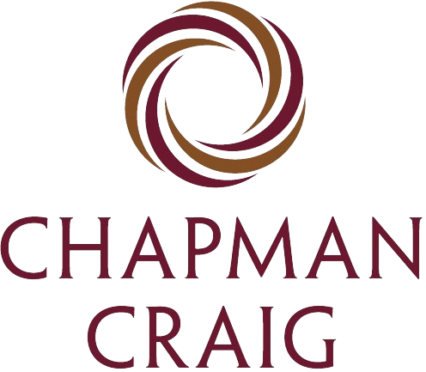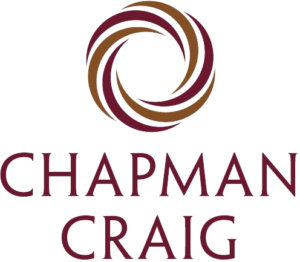Your investment statements may include a group of companies that share an attribute that has been a reasonably good predictor of out-performance. These are “spin-offs”, and as a broad class have tended to outperform their peers, parents and the broad markets over time.
Recent high-profile spin-offs have included both winners and some that struggled, and include – Baxalta (out of Baxter Int’l); LifePoint (HCA); Murphy USA (Murphy Oil); Adient (Johnson Controls); Marathon Petroleum (Marathon Oil), Phillips 66 (ConocoPhillips); Halyard Health (Kimberly Clark); Cenovus (Encana); AbbVie (Abbot); HPE (HP Inc); Synchrony Financial (GE); Lanxess and Covestro (Bayer); Axalta (DuPont); and Ferrari (FiatChrysler).
There have even been spin-offs out of spin-offs, including DXC Technologies and Micro Focus (HPE). Some may even recall Marathon Oil’s spin-out from US Steel in 2002.
Clients will recognize many of these names as they have been in their portfolios at some point.
Rationales and Results
Broadly, a spin-off is a transaction that separates two (or more) businesses when shares of a controlled subsidiary are distributed to the parent company’s shareholders.
The general bullish argument is that the process releases or enhances shareholder value because the separate parts will ultimately be valued, in sum, higher than would have been the case under the status quo.
For a number of reasons, sometimes related, public company managements have found spin-offs to be an attractive transaction structure. Rationales include:
- Separating the underlying business if its risk profile is distracting management or is perceived as detracting from the core business (e.g., Baxalta);
- May release value for a subsidiary with a very different growth profile or natural shareholder base, freeing it up to trade at higher valuations as a pure-play (e.g., Autoliv’s spin-out of its auto-driving unit);
- If synergies are insufficient to justify a “conglomerate discount” perceived as applying to the whole;
- Focus the separate management teams (and the market) on different broad strategies (e.g., Adient), or returning the parent to its core business;
- Simplify the story – consolidated financial reporting may be making analysis difficult (e.g., GE);
- US parent companies can monetize part of the subsidiary’s value, perhaps facilitate a follow-on transaction (e.g., merger or IPO of the subsidiary) and yet enjoy a tax-free transaction structure; 1
- Provides freed-up management with more focus to grow or improve the separated business, with the subsidiary better able to participate in industry consolidation (e.g., Axalta);
- Separate the business, but retain some of the upside if less than 100% of the shares are distributed (e.g., Covestro, where Bayer is selling down over time);
- Separate a regulated from a non-regulated business, or a specialty business from a commodity business; and
- Having failed to find private equity or strategic buyers willing to pay a sufficiently high price, spin it off to shareholders (e.g., Foster’s wine business).
Alternative structures developed in the 1980’s / 90’s, such as lettered stock / tracking shares, often did not achieve the desired results. Tax savings and retained synergies were buried under a confusing structure and uncertainties as to the spill-over of liabilities.
Research estimates that spun-off subsidiaries have out-performed, broadly, the general market by between 2x and 3x, depending upon the period measured and population size.
2018 Activity
A number of significant spin-offs have been announced or are anticipated for 2018, including Akzo Nobel, DowDuPont, Fiat Chrysler, General Electric, Honeywell, Pfizer, and Twenty-First Century Fox.
We expect the frequent use of spin-offs to continue. Large corporate holdings of cash and US repatriation of some of that, suggests 2018 should continue to see robust M&A activity, even at what some see as full valuations in the public markets.
Until P.E. funds become more active putting their historically large funding commitments to work, managements need to look at all alternatives to generate value for unwanted assets or enhance shareholder value.
A US company can essentially put its subsidiary in play, via a spin off, while retaining the tax-free benefits, if properly advised and certain requirements are met.
The potential tax benefits remain significant, even after the TCJA, although the analysis can be complicated.
A spin-off can still be attractive for shareholders even if tax-free treatment is not available (e.g., Adient – a tax-free outcome was not available because JCI, the parent, merged with Tyco in 2016 in an “inversion” transaction, offshoring the company to Ireland.) 2
We believe that active portfolio managers that monitor and assess opportunities for spun-off subsidiaries to out-perform can add materially to portfolio performance.
We have highlighted the exceptional performance of specific spun-off subsidiaries in past client letters.
____________________________________________
1 While the US Congress tightened rules surrounding tax-free reorgs in 1996, in response to the Morris Trust judgement, transactions known as Reverse Morris Trusts remain popular, even if complicated (e.g. HPE’s recent spin-off and mergers of its software business with Micro Focus, and its enterprise services business with Computer Sciences to form DXC Tech).
The recent Shire / Baxalta transaction was initially seen as potentially too aggressive. However, it was not attacked by the IRS. This may help post-spin valuations, where the market perceives the subsidiary as an potential take-over target.
- In addition to the roll-over requirements, proposed merger structures need to be mindful of the recently introduced anti-inversion measures (e.g. these complicated the proposed Pfizer / Allergan merger in 2016)
Click here to download PDF version of this article



